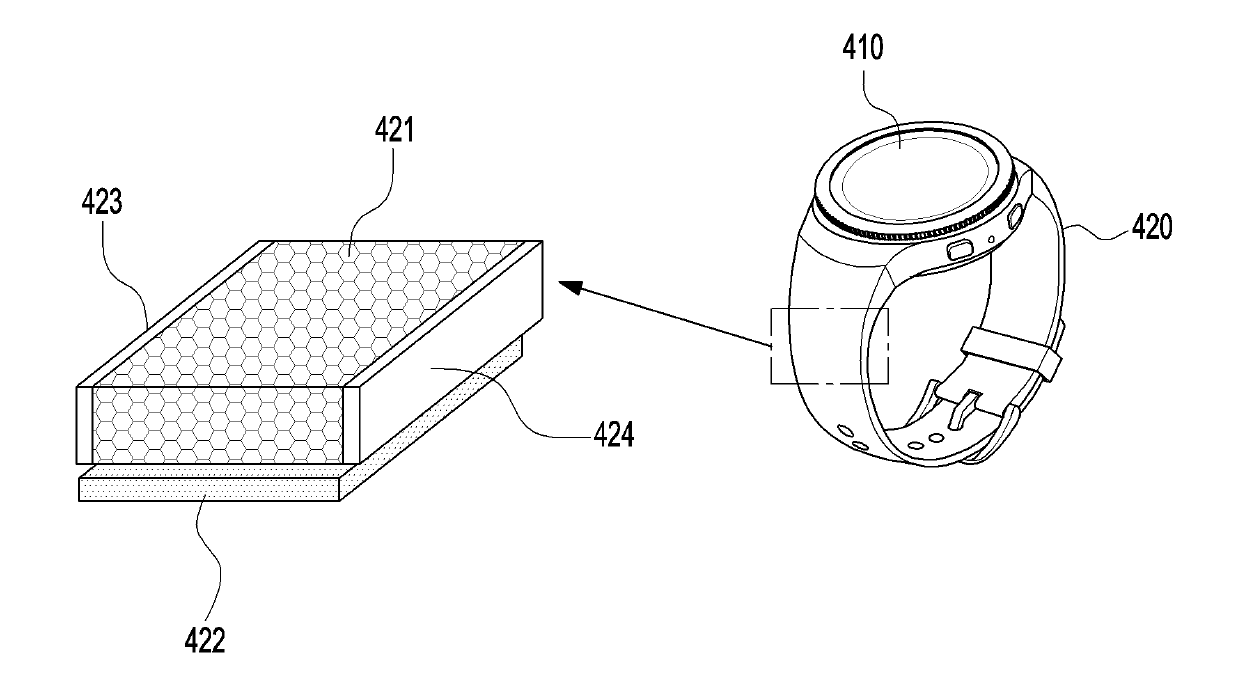Meta Madness
In our earlier note, we separated out the term Meta-verse from science fiction and astrophysics, where it implies a multitude of parallel universes that exist in space-time, to what is an outgrowth of AR (Augmented Reality) where you wear a pair of AR glasses from the moment you wake up until the moment you go to sleep. Said glasses provide a visual overlay on top of whatever you happen to be looking at and being connected to the internet at all times, can provide information on whatever you happen to see. The concept also includes the creation of global meta-universes that can be shared by the entire world, unlike game or application specific ‘worlds’ that are directly tied to the application itself. These global Meta-universes can be dedicated to a particular theme or purpose, such as a Meta-verse for those that like trains, where one could ride the luxurious Maharaja Express across India or the Ghan across Australia without leaving home, or can be more general, but while the concept is both futuristic and opens up all sorts of wonders to those that might never get the chance to see them, there is a downside, and its not what you think.
While in the concept of global Meta-Universes there will be many new ways that the darker aspects of human behavior can be explored, the real downside is the same as it is for social media today. The objective of those spending millions or billions to create these global or more specialized Meta-verses is to get compensated and walking down 5th Avenue in an NYC Meta-verse would likely trigger an ad or “More info?” banner as you happen to look into the window of Armani or Harry Winston. Every glance or finger point in this Meta-world will be logged, analyzed, and categorized, and potentially sold to advertisers who will then will find ways to serve you ads that ‘will enhance your experience’ across other Meta-verses or any other potential platform that you happen to use, sort of what social media companies do now, but on what could be an even larger scale.
But there are some good points to the Meta-verse concept, and one that caught our eye comes from the government of Seoul, South Korea, who has decided to spend ~$3.3m to create a “Meta-verse Seoul” by the end of this year. The government has come up with a “Metaverse Seoul Basic Plan” which outlines the city’s mid- to long-term direction and Meta-strategy through 2026. This includes moving diverse administrative services, which are now on private platforms, to a single Metaverse ecosystem, where all services, such as the economy, tourism, culture, education, and civil complaints can be gathered, with avatars for everyone from the Mayor to the city’s historian available to those who enter that universe.
Such a world would provide visual and audio content, and would allow those in other locations to attend special events held in the city, and would free administrators from having to be in a specific location for much of the day while giving residents the ability to get information and solve problems without leaving home. Much of the reasoning behind the plan is not only specific to the concept of the Meta-verse, but also a way to bring a multitude of disparate services to one unified platform. In this case the objective is to provide services to city residents and other individuals and would likely be less tied to consumer interest pattern collection than more commercial sites, but we would still expect that an individual hitting the Seoul Meta-verse site and asking the administrative avatar about upcoming events will see virtual ads from car services, local restaurants, and external festival promotional services rather quickly.
All in, the Meta-verse concept will have the same basic pluses and minuses as much of social media, only on a more addictive scale. While social media companies do everything possible, ethical or otherwise, to keep you on a site, we expect it will be even easier to capture consumer time on Meta-verse worlds as they involve even less effort than current social media platforms and can be infinitely more interesting and entertaining to a consumer who has a particular interest in that Meta-universe. Its one thing for a classic car enthusiast to watch a YouTube (GOOG) clip of Jay Leno’s Garage, but another to walk through the Jay Leno Garage Meta-verse virtually and speak with one of the guys who takes care of those cars, while the stats appear in front of you for each as you pass by. Don’t be fooled by those who say “New name, new (more ethical) philosophy”, its all based on the same concept of getting you to buy something. Its just making the pig a bit prettier with glossy lipstick.










 RSS Feed
RSS Feed